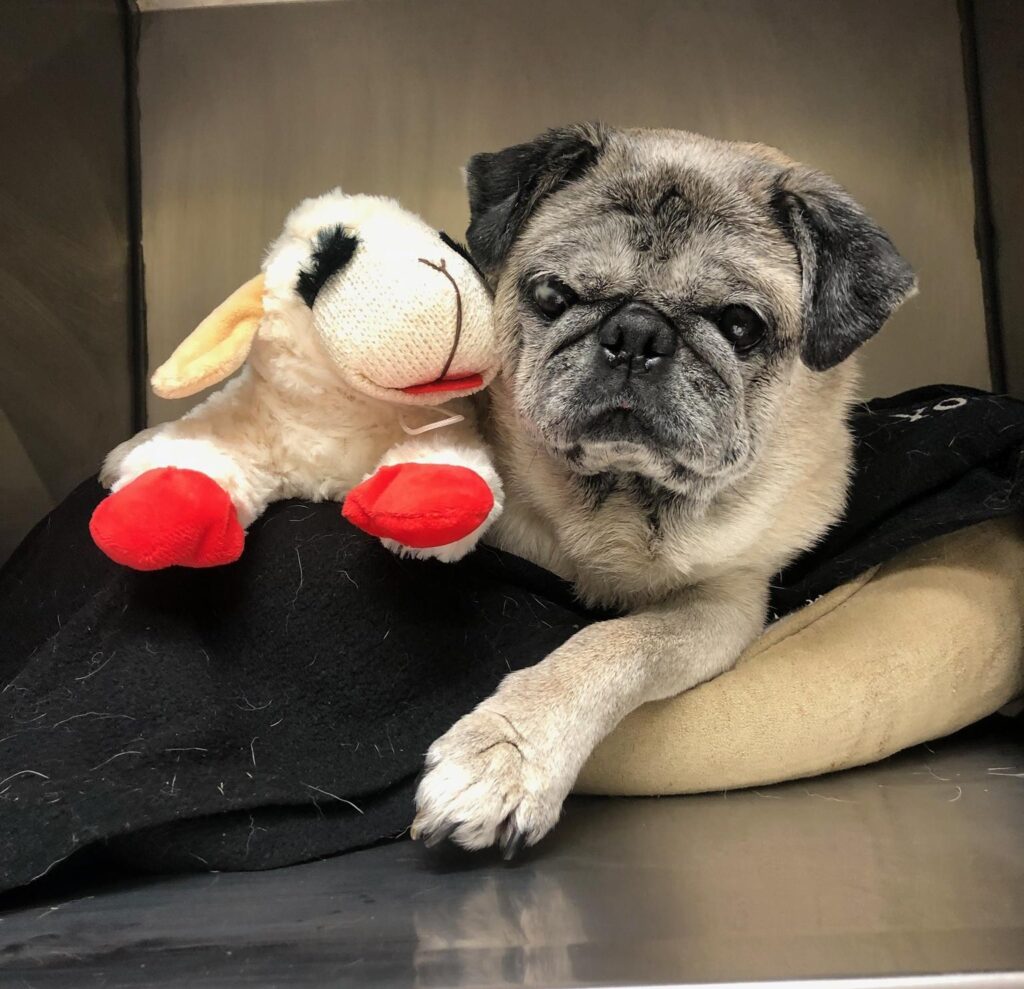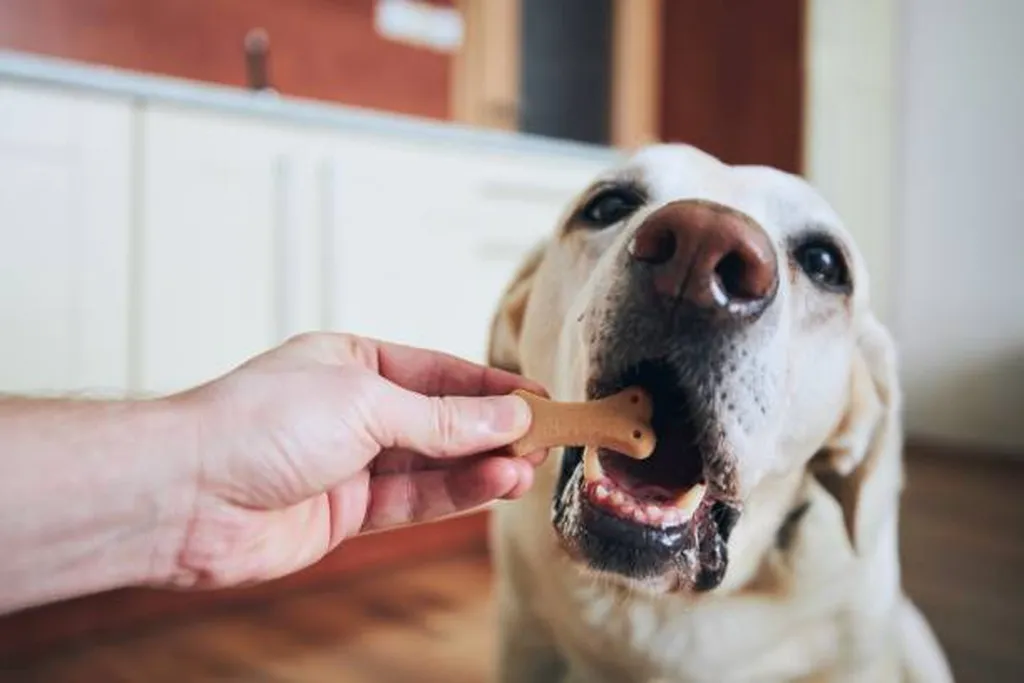Ethylene glycol is the most common and the most dangerous form of antifreeze. Dogs and cats are attracted to ethylene glycol by its sweet taste. Many animals will voluntarily drink ethylene glycol if antifreeze is spilled or leaks onto garage floors or driveways. That’s why your friends at Oak Forest Veterinary Clinic would like to remind you of the dangers of Ethylene glycol poisoning.
Top 6 Signs of toxicity
Early signs of toxicity, which may be seen within 30 minutes of ingestion, include:
- Depression
- Vomiting
- Incoordination
- Excessive urination
- Excessive thirst
- Muscle twitching
In as little as 12 to 36 hours, signs of severe kidney dysfunction, which is characterized by swollen, painful kidneys and the production of minimal to no urine, may occur. At this time, the animal may exhibit seizures, or become comatose. Vomiting and excessive salivation (drooling) may also be noted.
Therefore it is critical that you bring your pet to a veterinary clinic if you know that he has consumed ethylene glycol, if you suspect that he may have consumed ethylene glycol, or if he is exhibiting any of the early clinical signs. Do not wait! Time is of the essence and immediate treatment is essential!
Types of Antifreeze Testing
Ethylene glycol is converted by the liver into toxic products which cause direct damage to the kidneys. This damage can be measured in a serum biochemistry profile by increases in the metabolites creatinine and BUN (blood urea nitrogen) that are normally removed from the blood by the kidneys. However, these biochemical tests are not specific for ethylene glycol toxicity.
A urinalysis may also confirm kidney damage by the presence of dilute urine containing blood, protein, cellular casts (plugs of cells which have taken the shape of dying tubules from the kidneys), and calcium oxalate crystals. Disturbances of the normal acid/base balance of blood also occur with ethylene glycol toxicity. The metabolites of ethylene glycol cause the animal’s blood to become very acidic. This acidosis can be detected in a serum biochemistry profile as decreases in the bicarbonate concentration and increases in the anion gap.
Some commercial veterinary laboratories and some human laboratories offer blood tests to detect ethylene glycol. Since peak levels of ethylene glycol are detected in 1 to 6 hours after ingestion of the toxin, it is important that this test be used early in the course of suspected poisonings. By 72 hours after ingestion, insufficient ethylene glycol remains.
What do I do if my dog eats something poisonous?
If you suspect your pet has ingested this poison, please contact us. If it is after business hours, please contact our emergency referrals.


